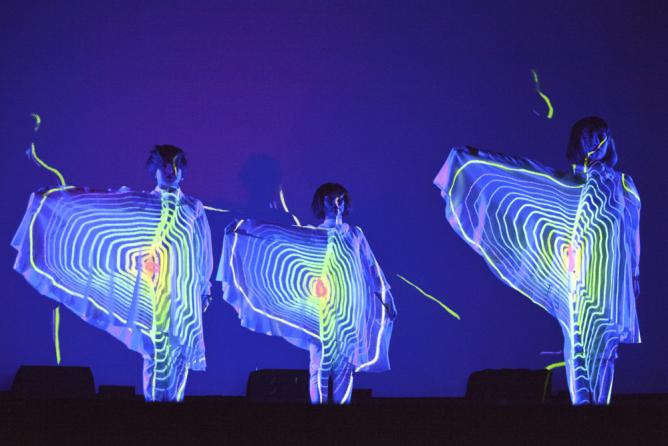

- USE HUMAN JAPANESE INSTALLATION ON MULTIPLE PCS SOFTWARE
- USE HUMAN JAPANESE INSTALLATION ON MULTIPLE PCS PC
- USE HUMAN JAPANESE INSTALLATION ON MULTIPLE PCS SERIES
- USE HUMAN JAPANESE INSTALLATION ON MULTIPLE PCS FREE
By the early 1970s, people in academic or research institutions had the opportunity for single-person use of a computer system in interactive mode for extended durations, although these systems would still have been too expensive to be owned by a single person.
USE HUMAN JAPANESE INSTALLATION ON MULTIPLE PCS SERIES
Examples include such systems as the Bendix G15 and LGP-30 of 1956, and the Soviet MIR series of computers developed from 1965 to 1969. Computers intended for laboratory, instrumentation, or engineering purposes were built, and could be operated by one person in an interactive fashion. This mode pre-dated the batch programming, or time-sharing modes with multiple users connected through terminals to mainframe computers. For example, ENIAC which became operational in 1946 could be run by a single, albeit highly trained, person. In the history of computing, early experimental machines could be operated by a single attendant. British newspaper The Star in a June 1949 news article about the EDSAC computer, long before the era of the personal computers.
USE HUMAN JAPANESE INSTALLATION ON MULTIPLE PCS PC
In 1995, a CBS segment on the growing popularity of PC reported "For many newcomers PC stands for Pain and Confusion". Since none of these Apple products were mainframes or time-sharing systems, they were all "personal computers" and not "PC" (brand) computers. In some contexts, "PC" is used to contrast with "Mac", an Apple Macintosh computer. While the IBM Personal Computer incorporated the designation in its model name, the term originally described personal computers of any brand. The term "PC" is an initialism for "personal computer". The advent of personal computers and the concurrent Digital Revolution have significantly affected the lives of people in all countries.
USE HUMAN JAPANESE INSTALLATION ON MULTIPLE PCS FREE
These include Apple's macOS and free and open-source Unix-like operating systems, such as Linux. Alternatives to Microsoft's Windows operating systems occupy a minority share of the industry. Since the early 1990s, Microsoft operating systems and Intel hardware dominated much of the personal computer market, first with MS-DOS and then with Microsoft Windows.
USE HUMAN JAPANESE INSTALLATION ON MULTIPLE PCS SOFTWARE
This contrasts with mobile systems, where software is often available only through a manufacturer-supported channel, and end-user program development may be discouraged by lack of support by the manufacturer. Many personal computer users no longer need to write their own programs to make any use of a personal computer, although end-user programming is still feasible. Software for personal computers is typically developed and distributed independently from the hardware or operating system manufacturers. While personal computer users may develop their own applications, usually these systems run commercial software, free-of-charge software (" freeware"), which is most often proprietary, or free and open-source software, which is provided in "ready-to-run", or binary, form. Institutional or corporate computer owners in the 1960s had to write their own programs to do any useful work with the machines. Primarily in the late 1970s and 1980s, the term home computer was also used. Unlike large, costly minicomputers and mainframes, time-sharing by many people at the same time is not used with personal computers. Personal computers are intended to be operated directly by an end user, rather than by a computer expert or technician. An artist's depiction of a 2000s-era desktop-style personal computer, which includes a metal case with the computing components, a display monitor and a keyboard (mouse not shown)Ī personal computer ( PC) is a multi-purpose microcomputer whose size, capabilities, and price make it feasible for individual use.


 0 kommentar(er)
0 kommentar(er)
